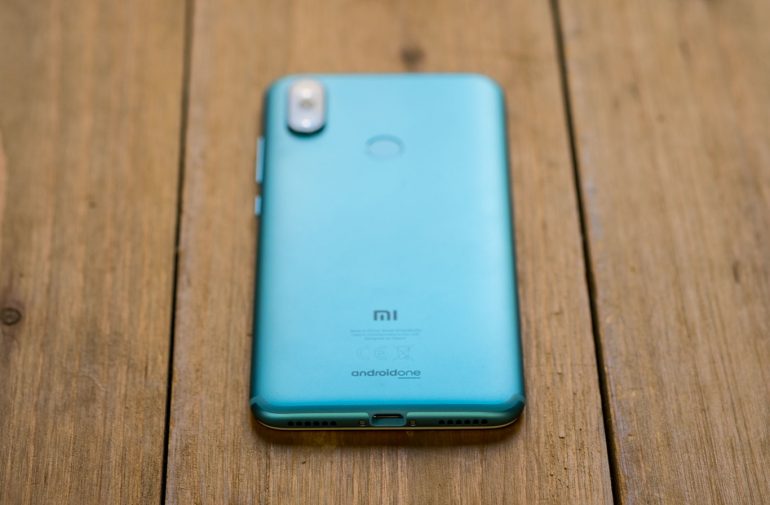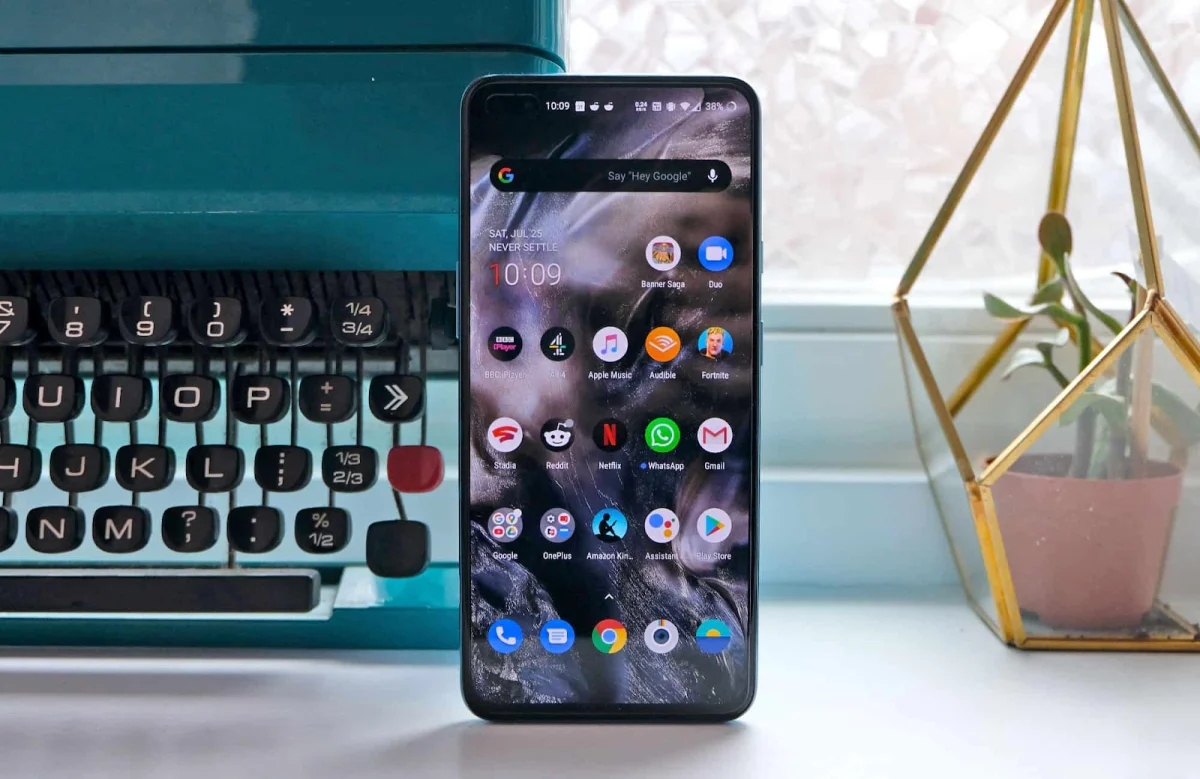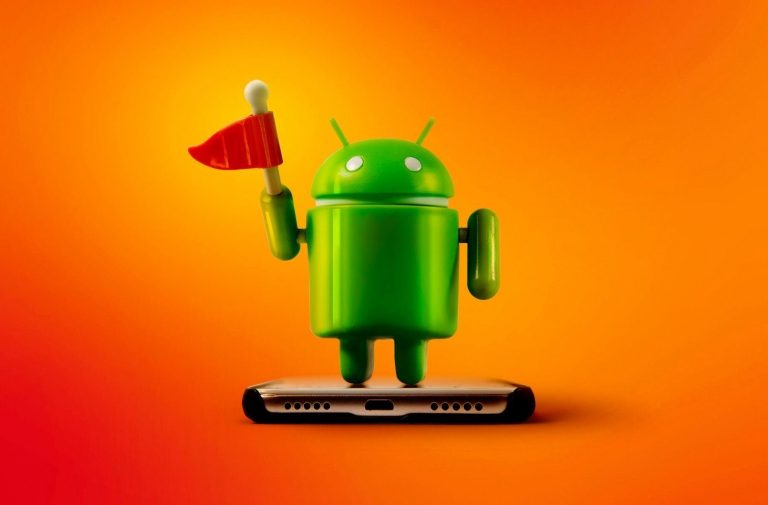Android devices, like all smartphones, are often plagued by storage issues.
These problems arise as users install apps, download files, and accumulate media, leading to a reduction in available space. If you want to read more on this, visit https://www.android-mobile-manager.com.
This not only affects the performance of the device but also hampers the overall user experience.
Common Causes of Storage Issues
Android devices come with a variety of pre-installed apps, often referred to as bloatware, which takes up significant storage space. Additionally, system files required for the operating system can also consume a large portion.
Over time, apps store extensive data and cache files to improve performance and load times. However, these files can accumulate and take up a significant amount of storage.
Photos, videos, and audio files are some of the largest consumers of space. Users who frequently capture media or download content can quickly run out of storage.
Apps are regularly updated to provide new features and improvements. These updates often increase in size, further reducing the available storage space.
Specific Issues with Android One and Certain Models

Users of Android One devices have reported difficulties accessing and clearing internal storage. This issue prevents them from effectively managing their storage space and can lead to significant performance issues.
Certain models, such as the Nokia 2.2, have specific limitations like the inability to move apps to SD cards. This restricts users from freeing up internal, exacerbating storage issues.
Challenges with External Storage
Many users face issues with apps not recognizing or properly utilizing SD cards. This can be due to compatibility issues or improper configuration.
Changes in Android’s policies have caused migration issues, leading to difficulties in accessing shared folders. This can prevent users from efficiently managing their files across different locations.
Solutions and Best Practices
Regularly clearing the app cache and deleting unnecessary files can help free up significant amounts of storage space. Most Android devices have built-in options to clear cache from individual apps or system-wide.
Built-in or third-party file management apps can be utilized to organize and delete files. These tools often provide a more detailed view of usage, helping users identify and remove large or duplicate files.
Transferring media files to cloud storage or external drives can free up internal storage. Services like Google Photos, Dropbox, and OneDrive offer easy ways to back up and access media files without consuming local storage.
Uninstalling unused apps and using lightweight app alternatives can help maintain available storage. Many popular apps have “lite” versions that offer similar functionality with a smaller footprint.
Properly configuring and managing SD cards can alleviate some storage issues. Ensuring apps are correctly set to use SD cards and moving large files to external storage can make a significant difference.
Advanced Solutions

For advanced users, exploring custom ROMs that offer better storage management options can be beneficial. Rooting the device can also provide more control over system files and storage management, though it comes with risks and may void warranties.
Apps from alternative stores like F-Droid may have different permissions and requirements, offering more flexibility in managing storage. These stores often provide open-source apps that can be tailored to specific needs.
The Bottom Line
Efficient storage management is essential for maintaining optimal device performance and a smooth user experience. Regularly monitoring and maintaining storage can prevent many common issues associated with low space.

